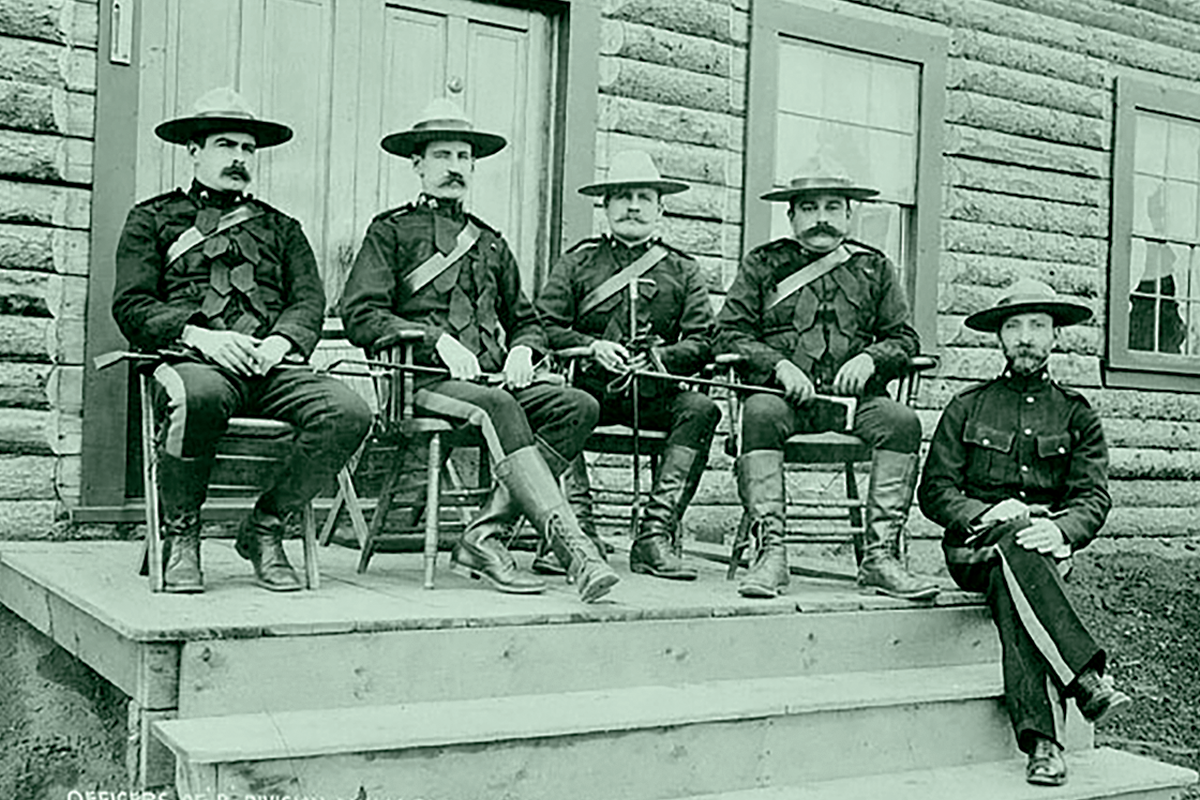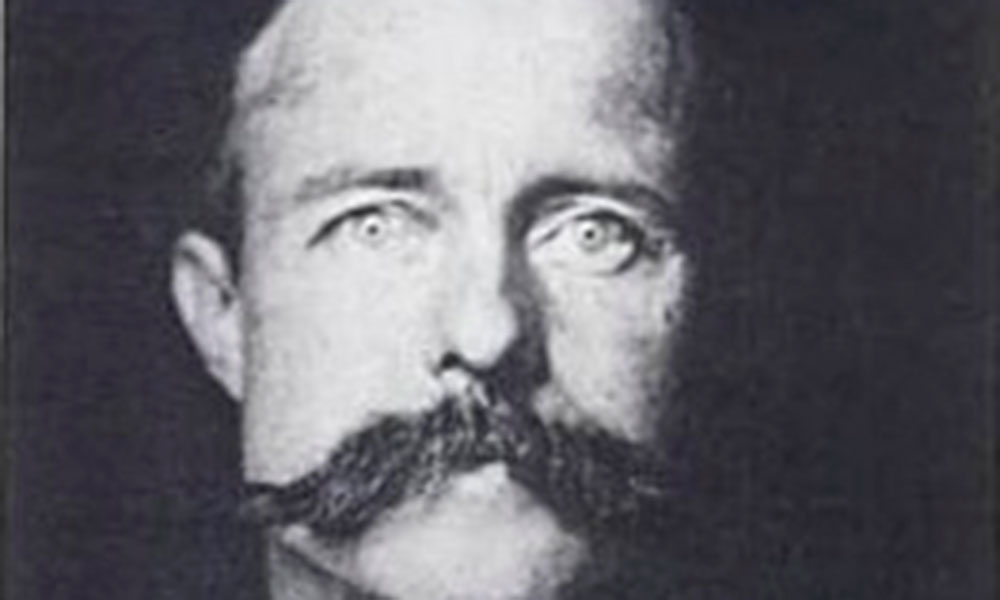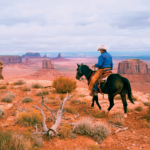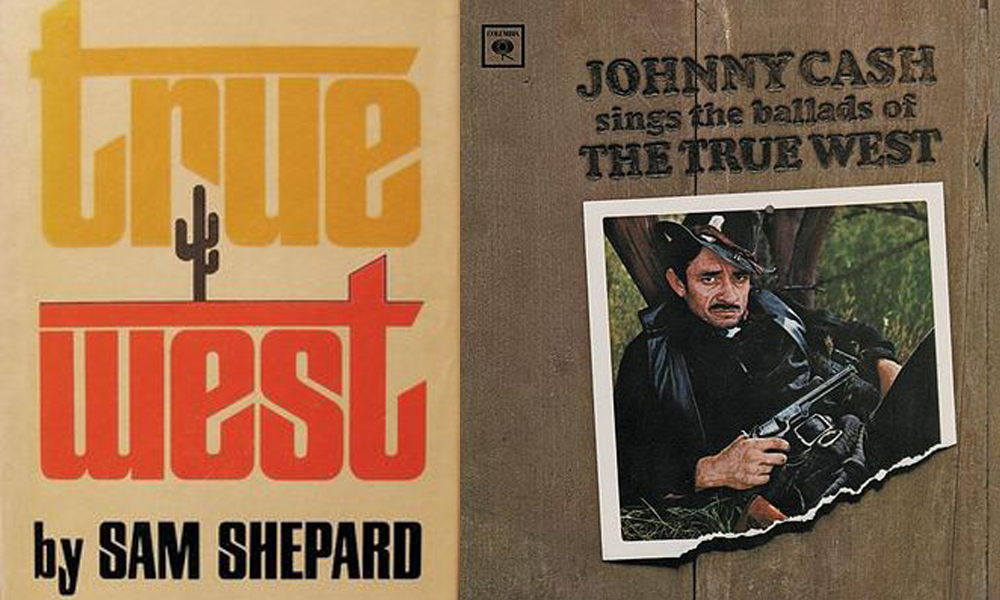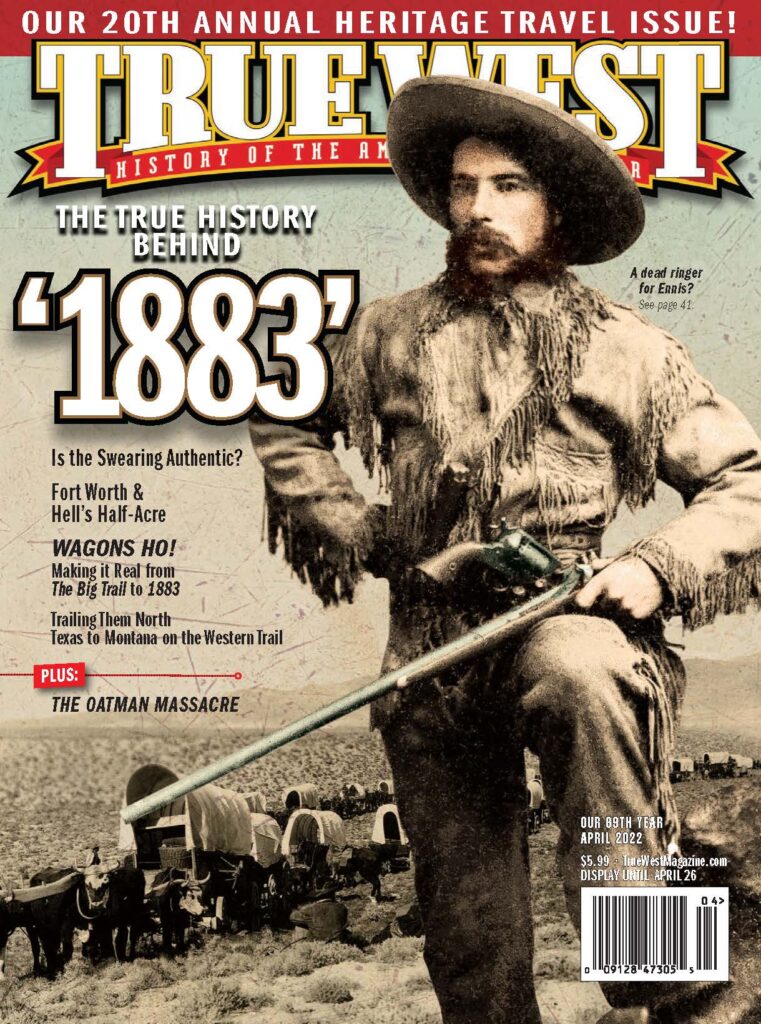Canadian vs. Montana Peak
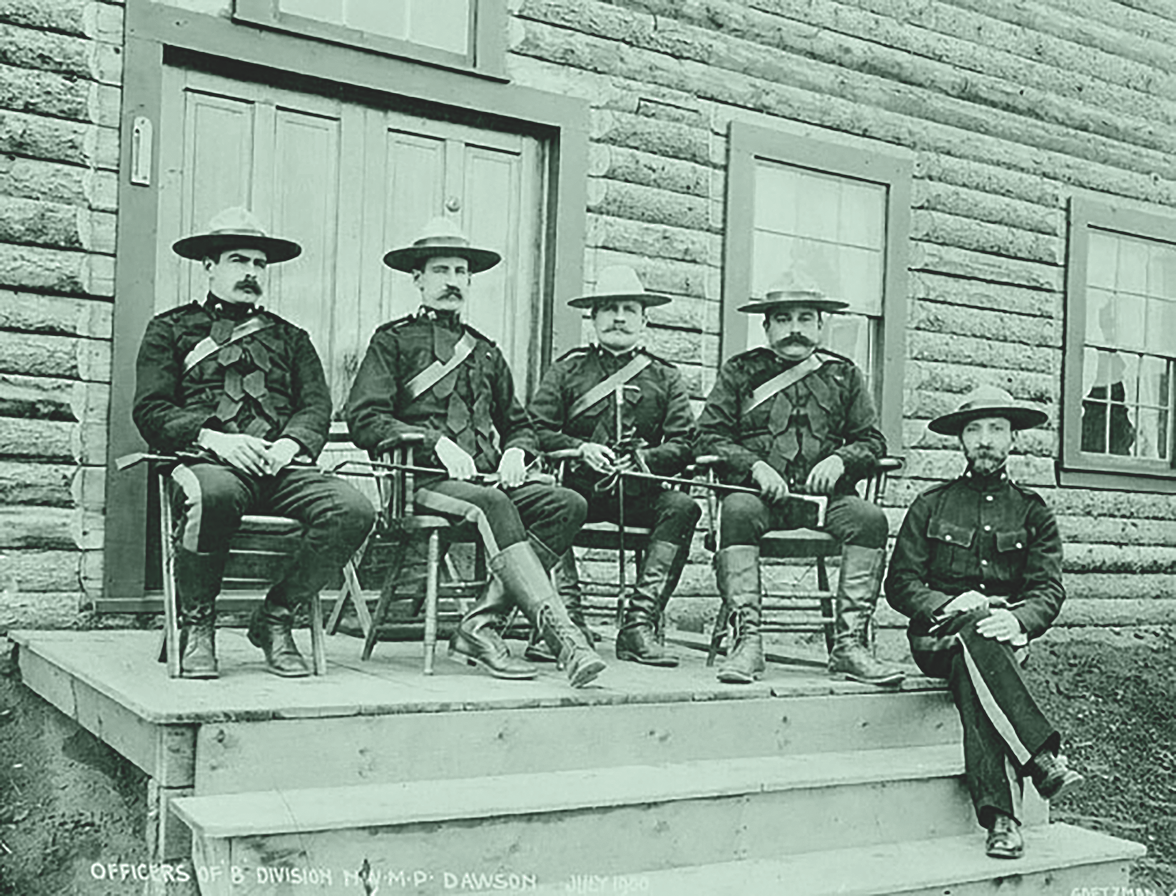
I have just been re-reading True West’s November 2021 issue and discovered an error in the caption of the photos of the Royal North West Mounted Police on page 26. It states that the RNWMP in the photo are wearing knife-edge Stetsons with a Montana peak, which is incorrect. Some of their hats have a Montana peak, and others have a Canadian peak. The standard for Canadians is the Canadian peak. A Montana peak is a hat dented on each corner, as an example, a U.S. Army DI hat has a Montana peak. The Mounties and Canadian cowboys’ Stetsons are dented front to back and side to side and are called a Canadian peak.
Please find attached two images, one of a genuine Alberta cowboy, Russel Lambert Boyle, taken in 1908 in central Alberta. You will note the hat is dented front to back. Also an image of myself during a cattle drive in August 1988 wearing a Stetson dented also with Canadian peaks.
—Gary Kangas, TWM#622
Victoria, British Columbia, Canada
We are cowboy hat maniacs at True West and sure admire someone who loves them as much as we do!
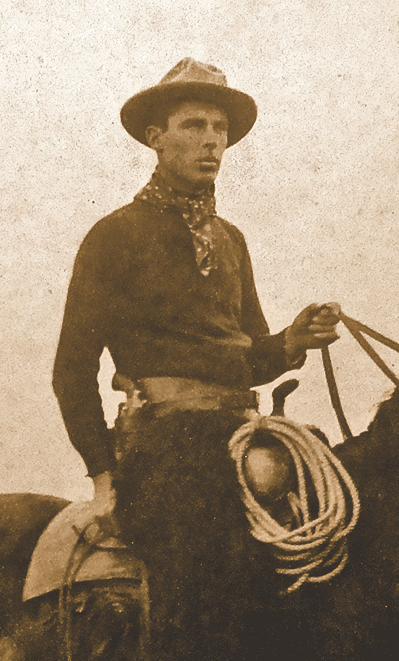
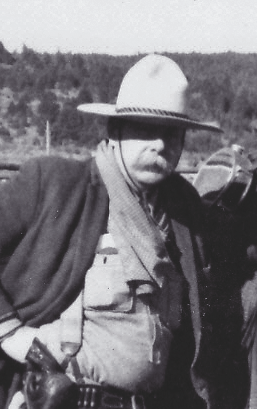
In Search of Ringo
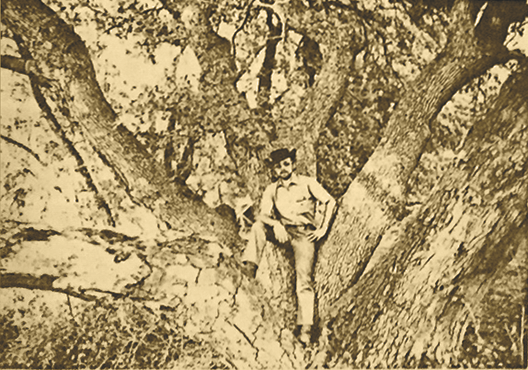
Your crew did a fantastic job with the entire February/March 2022 issue of True West [cover story “Did Doc Kill Ringo?”]. I’ve attached some original photos taken on June 16, 1980, during the week that Glenn Boyer, Al Turner, Bob Palmquist and myself roamed all over southeastern Arizona and parts of New Mexico to gather material for a pictorial article for Real West called “A Tour of Earp Country.” The 35-year-old version of me (I turned 36 the following month) is shown sitting in the 1980 version of the tree where Ringo’s body was found in 1882. Figured you might get a kick out of these, given what appears on pages 26 and 27 of the current issue of True West. Sure could have used a lot of their findings nearly 42 years ago.
—Jack DeMattos (North Attleboro, Massachusetts)
Overlooked but not Forgotten
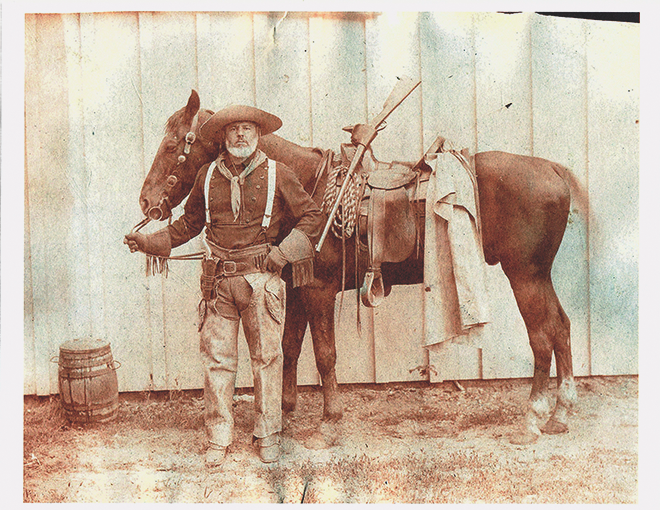
I love True West magazine. I do however have an issue with the January 2021 True Westerner feature on Phil Spangenberger. The first page of the article speaks about the photograph taken of Phil. All that it states is that it was taken by a traveling tintype photographer, with no mention of his name. That photographer at one point in time traveled thousands of miles by team and wagon doing the work out of the back of that wagon. That man was John Coffer. I wish to know why photo credit wasn’t given to him. It is little to ask for the accomplishments John has made to be one of the few that keep wet plate photography alive, and to have done so on a slow trek across the United States.
—Mark D. Sager
Dansville, New York
Thank you for your wonderful letter and feedback. We definitely should have pursued his credit when we did not have it. For our readers who would like to learn more about John Coffer’s artistry and his dedication to wet plate photography, tintypes and workshops, we highly recommend his website, JohnCoffer.org.
Nome Gold
Thank you for the “City of Dreams” article by Michael Engelhard and “Chaos of a Boomtown” by Stuart Rosebrook in the December 2021 issue.
As most of my interest in history centers on my family’s involvement in it, these articles resonated with me because of my first-cousin-four-times-removed, Joshua Peirce. He was born in Pennsylvania in 1834 and by 1890 had become a mover and shaker in the Tacoma, Washington, real estate world. He visited Nome in 1900 and wrote about his adventures to family members who remained in his old hometown. The local newspaper there, The Bucks County Gazette in Bristol, Pennsylvania, published some of those letters in installments in August of that year.
At the time, Joshua was the general manager of a transportation company operating a fleet of steamers between Tacoma and Nome. He left Tacoma on May 21 on the steamer City of Aberdeen, which arrived in Alaska in the middle of June. One of his concerns early on was that he had left his house on a Seattle dock to be sent via another boat. “I must find it and must find a lot of ground on which to put it…before I can have a place to lie or take a bath.”
Later on he writes, “Have just returned from downtown, where two men…shot each other over possession of a lot for building.”
Your article greatly enriched my knowledge of the environment in which Joshua lived his Alaska experience.
—Diane Ford
Bellingham, Washington
Thank you for the great family history. Our stories about Nome have really struck gold!

